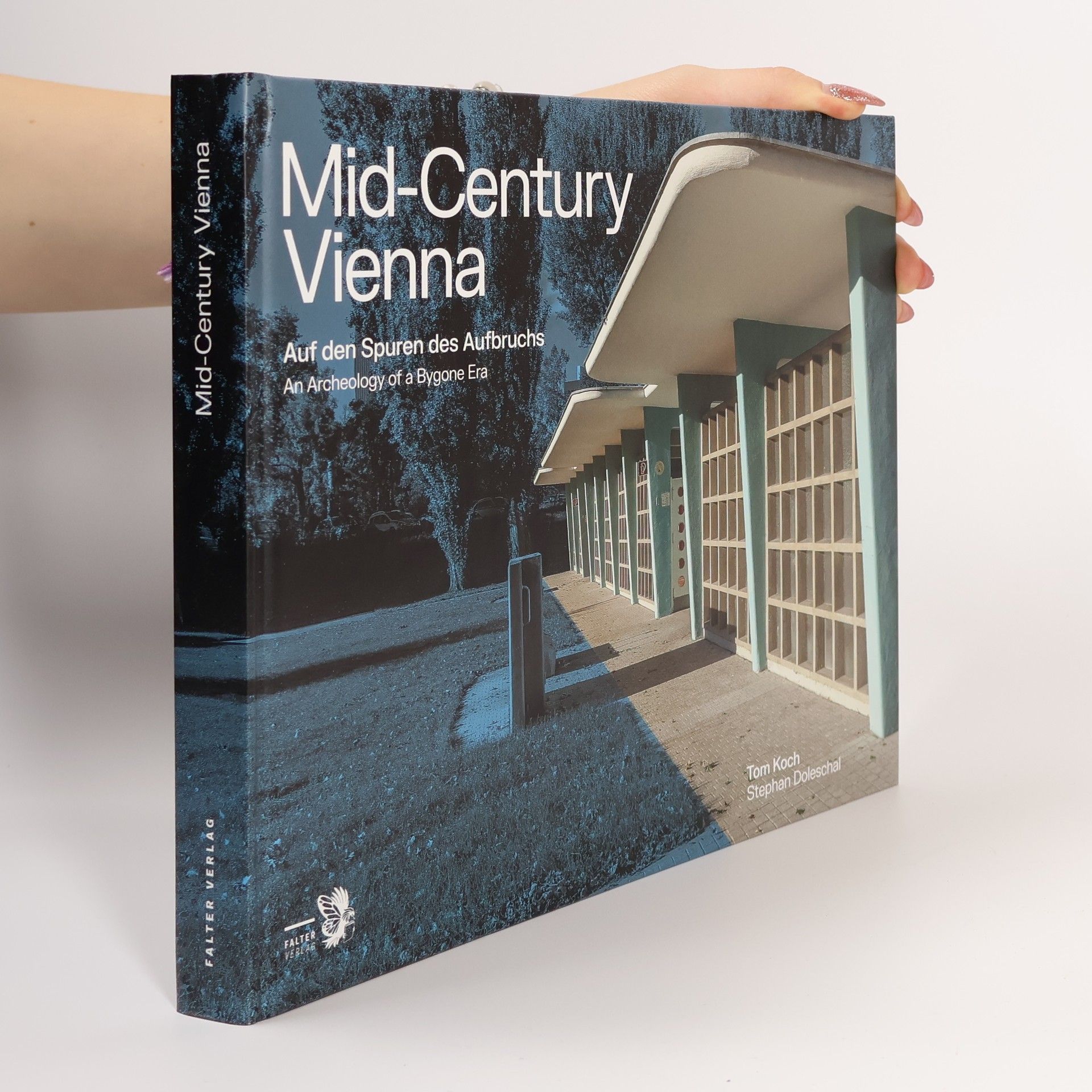Bioethics emerged in the 1960s from a conviction that physicians and researchers needed the guidance of philosophers in handling the issues raised by technological advances in medicine. It blossomed as a response to the perceived doctor-knows-best paternalism of the traditional medical ethic and today plays a critical role in health policies and treatment decisions. Bioethics claimed to offer a set of generally applicable, universally accepted guidelines that would simplify complex situations. In this book the author contends that bioethics has failed to deliver on its promises. Instead, he argues, bioethics has promoted a view of medicine as a commodity whose delivery is predicated not on care but on economic efficiency. At the heart of bioethics, he writes, is a "lifeboat ethic" that assumes scarcity of medical resources is a natural condition rather than the result of prior economic, political, and social choices. The idea of natural scarcity requiring ethical triage signaled a shift in ethical emphasis from patient care and the physician's responsibility for it to neoliberal accountancies and the promotion of research as the preeminent good. The solution to the failure of bioethics is not a new set of simplistic principles. Here the author points the way to a transformed medical ethics that is humanist, responsible, and defensible. -- From publisher's website.
Tom Koch Libri
Le opere precedenti di Tom Koch esplorano l'intricato rapporto tra etica medica e pratica della medicina. Approfondisce come la bioetica sia diventata parte integrante dell'assistenza sanitaria moderna, esaminando il suo impatto sia sulle pratiche dei medici che sulle decisioni dei pazienti. Le sue analisi spesso evidenziano la tensione tra progresso scientifico e valori umani fondamentali.






Ethics in Everyday Places
- 288pagine
- 11 ore di lettura
Ethics in Everyday Places argues persuasively that mapping, far from simply being a value neutral tool, is fundamentally intertwined with moral theory and practice. Drawn and analyzed wisely, maps can illuminate the ethical implications of problems ranging from tobacco use and graft organ transplantation, to poverty and its consequences, education funding, and transportation systems, among other matters. A groundbreaking and innovative book! - Walter Wright, Professor Emeritus of Philosophy, Clark University
Focusing on the intersection of mapping technology and public health, this book argues that maps transcend mere spatial representation. It explores how medical mapping serves as a tool for understanding the complex relationships between viral and bacterial communities, human hosts, and their environments. By highlighting the role of mapping in combating disease, it presents a fresh perspective on how spatial analysis can inform health strategies and improve our understanding of disease dynamics.
Scarce Goods
- 272pagine
- 10 ore di lettura
Annotation We call it lifeboat ethics: When there is not enough of this or that scarce good, who should die that others might survive? Born in the 19th century, when shipwrecks were frequent and lifeboats scarce, it has become a 21st century dilemma. Who should get the last hospital bed, the scarce medical drug, the limited educational doctor, the needed transplantable human heart? Tom Koch considers both lifeboat ethics and its modern application to the distribution of transplantable human organs in the United States. He shows that the scarcity of organs is exacerbated where not created by racial and regional inequalities inherent in the American health care and transplant system. The real question, he concludes, is not "who should die" when there is not enough to go around, but the reasons why scarcity pervades at all
The book explores complex societal dilemmas such as abortion, euthanasia, and genetic engineering, highlighting the challenges of making ethical decisions in law and medicine. It argues that the lack of a broader perspective hinders our ability to address these issues effectively. The author critiques the limitations of 18th-century philosophical methods, suggesting that they are inadequate for resolving contemporary bioethical challenges. A call for a new perspective is emphasized as essential for navigating the moral landscape of medical decision-making.
Mid-Century Vienna
Auf den Spuren des Aufbruchs - An Archeology of a Bygone Era
Weit entfernt von Barock und Jugendstil wird eine für das Wiener Stadtbild prägende Zeitepoche bislang wenig beachtet: Die 1950er und 1960er Jahre. Dabei haben die optimistischen Jahre des Wirtschaftswunders weitreichende Spuren in der Architektur, im Design und den Interieurs der Stadt hinterlassen. „Mid-Century Vienna“ begibt sich auf die Suche nach Repräsentanten aus dieser Epoche und versetzt in die Zeit zurück, in der die Menschen nach Aufbruch und Fortschritt strebten. Mit über 500 Fotos werden auf beeindruckende Art und Weise Orte, Bauwerke und Räume vorgestellt, die auch heute noch im Wiener Stadtleben allgegenwärtig sind. Dazu zählen kommunaler Wohnbau, städtische Infrastruktur, Freizeiteinrichtungen wie die Wiener Bäder, aber auch Gastronomie, Geschäfte und öffentliche Gebäude. Fotograf Stephan Doleschal und Autor Tom Koch haben gemeinsam an die hundert Locations besucht und fotodokumentiert. Darunter befinden sich unentdeckte Orte, wie die verlassene Kommandozentrale eines Wasserreservoirs oder einen aktiven Kernreaktor mitten in Wien. Bekannte Orte konnten die beiden – nicht zuletzt dank des andauernden Lockdowns – in völlig neuem Licht porträtieren: Ein menschenleeres Café Prückl, Karl Schwanzers neue Gruft oder das Gartenbaukino vor der Renovierung. Intime Einblicke in die Wohnsiedlungen Roland Rainers werden ebenso im Band vorgestellt. Eine beeindruckende Kollektion mit Gastbeiträgen von Susanne Reppé, Al Bird Sputnik, Peter Payer und Wojciech Czaja.